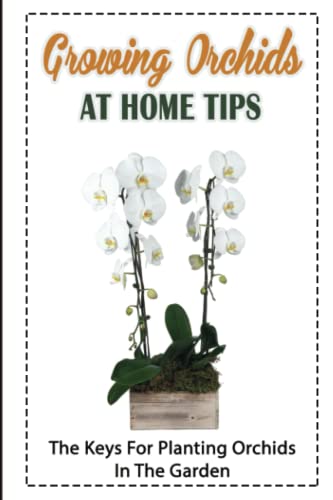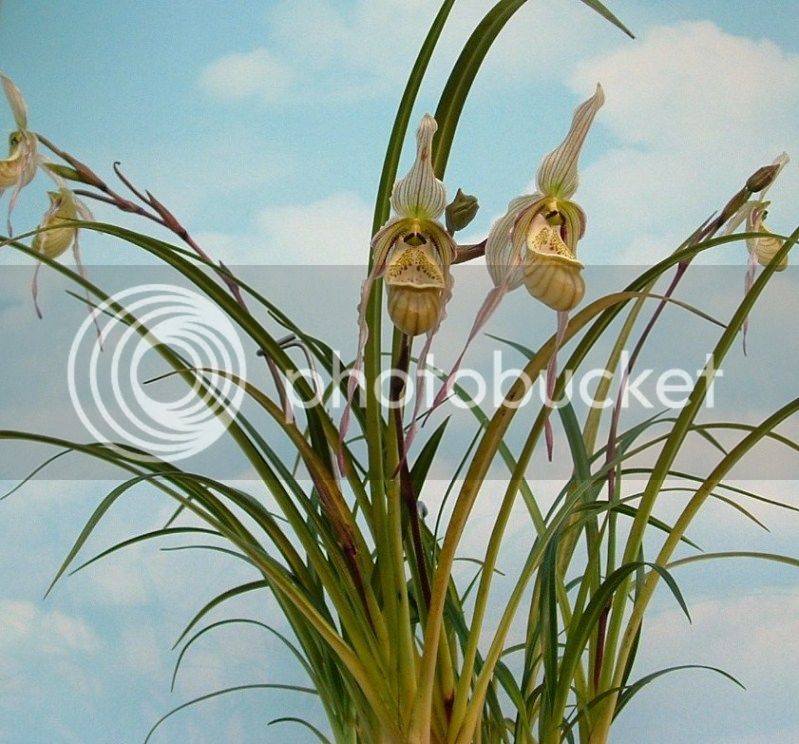how do you tell these two apart? I have a plant that has been in flower for most of this year, bought a phrag pearcei (in bud) from piping rock when he was at our orchid society christmas party/dinner. picture was posted here
http://www.slippertalk.com/forum/showthread.php?t=24114
then tonight I was looking at old auction threads and checked out a canadian auction for a phrag ecuadorense, and the plant/flower here
http://www.slippertalk.com/forum/showthread.php?t=20565
looks just like mine to my eye; how do you tell them apart?
http://www.slippertalk.com/forum/showthread.php?t=24114
then tonight I was looking at old auction threads and checked out a canadian auction for a phrag ecuadorense, and the plant/flower here
http://www.slippertalk.com/forum/showthread.php?t=20565
looks just like mine to my eye; how do you tell them apart?











































